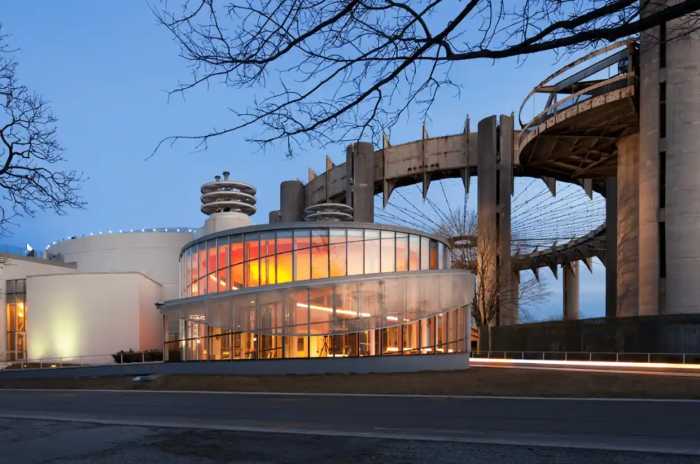The Metropolitan Transportation Authority (MTA) today announced that the 57th Street subway station in Midtown Manhattan is now fully accessible in accordance with the Americans with Disabilities Act (ADA).
The station, which serves the N, Q, R and W subway lines, now includes a street-to-mezzanine elevator along with two more elevators from the mezzanine to both the northbound and southbound subway platforms. The mezzanine was expanded on the 55th Street side of the station, and crews also built two staircases leading from the mezzanine to the platforms.
“This is the 12th station accessibility project we have completed in the last 17 months, by far the fastest pace that the MTA has ever delivered ADA improvements,” said Janno Lieber, President of MTA Construction & Development.
“We’ve accelerated by working smarter – for example, by using financial incentives to hold contractors accountable, by bundling projects that are geographically close, and by using design-build project delivery, which has the same contractor team perform both design and construction to remove conflicts and complexities,” he continued.
In 2021 the MTA completed accessibility projects at the Gun Hill Rd station in the Bronx and to the Manhattan side of the Court Sq-23 St station in Queens. In December 2020 the MTA announced a major accessibility project that will include eight stations throughout the five boroughs and will result in 17 new elevators as the Authority remains committed to increasing its number of fully ADA-compliant stations.
The ADA renovations come as the MTA is considering a new proposal called Elevate Transit: Zoning for Accessibility. In a Mass Transit Magazine article, the MTA said that the policy would allow more stations to be made accessible within a faster timeline and help leverage the $5.2 billion included for these improvements in the authority’s restarted Capital Plan through the next three years.
This is one of the key issues in transportation addressed by candidates campaigning for mayor in New York City, with primary contests happening on June 22. New York City Comptroller Scott Stringer and Brooklyn Borough President Eric Adams spoke in a mayoral forum on transportation on March 25.
“This has been a poorly managed process, and a lack of respect and a lack of dignity for people who are every bit New Yorkers with professional careers and places to go and people to see,” Stringer said in the forum.
“There’s nothing more terrible than somebody who is navigating underground and can’t get back up the elevator or can’t get back up the escalator. There have been people stuck for hours who can’t move below the subway system,” he continued, adding that, “People who need accessibility are able to obtain it. This is not something that should be kicked down the road.”
Adams spoke on this issue in the forum by addressing the MTA’s e-hail pilot program, launched in November 2017. “I thought it was excellent, there’s no reason we should expand it.”
Adams also mentioned his initiative established in December 2018, called “Barrier-Free BK.” During the forum, he shared what disabled students from Brooklyn’s Edward R. Murrow High School told him about their transportation troubles. Students had to deal with “inaccessible ride service, and they had to not do what young people do: they had to plan out their days,” he said.
Adams suggested the city tap into the yellow cab services. “We should tap into the for-hire services, the Ubers, the Lyfts, and we should have that as part of the Access-A-Ride program,” he said.
“You should be able to get a ride, when you need it, how you need it, without having to plan out your day,” he added.






